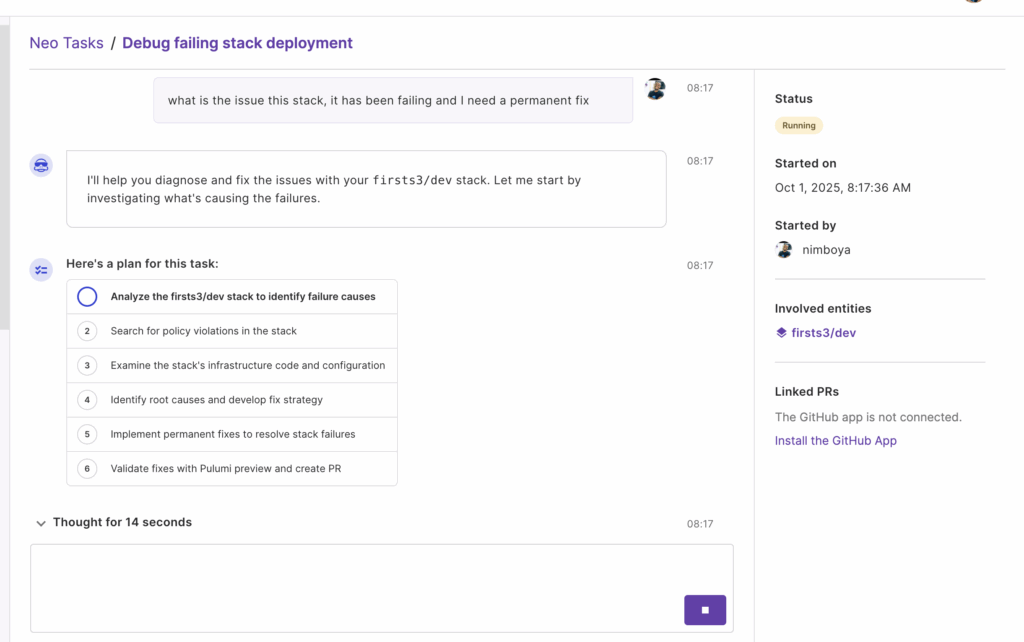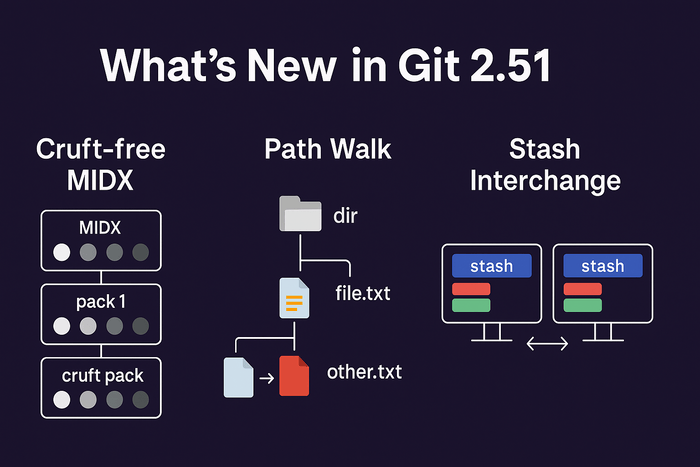Extended Berkeley Packet Filter (eBPF) is a revolutionary technology that enhances the capabilities of operating system kernels, particularly in Linux, by allowing the execution of sandboxed programs within the kernel space.
Originating as an extension of the traditional Berkeley Packet Filter (BPF), eBPF has evolved to enable safe and efficient runtime modifications to the kernel without necessitating changes to the kernel’s source code or loading new kernel modules.
This advancement is facilitated by an in-kernel verifier that performs static code analysis, ensuring that only safe and efficient programs are executed, thereby maintaining the stability and security of the system.
Internal Workings of eBPF
At its core, eBPF operates as a virtual machine within the Linux kernel, capable of executing bytecode instructions that are either interpreted or Just-in-Time (JIT) compiled into native machine code for enhanced performance.
The architecture of eBPF includes eleven 64-bit registers, a program counter, and a 512-byte stack space, which collectively manage the state during program execution.
eBPF Maps
A fundamental component of eBPF is the use of maps—efficient key/value data structures residing in kernel space. These maps facilitate data sharing among eBPF programs and between user space applications and eBPF code. They support various data structures, including hash maps, arrays, and ring buffers, and are commonly used for scenarios such as storing configuration information, maintaining state across program executions, and collecting metrics for user space retrieval.
eBPF Verifier
To ensure system stability and security, eBPF includes a verifier that performs static analysis on eBPF bytecode before execution. The verifier assesses all possible execution paths to confirm that the program will terminate properly, does not access unauthorized memory, and adheres to other safety constraints. If any unsafe operations are detected, the verifier rejects the program, preventing potential system crashes or security breaches.
Tail Calls and Function Calls
eBPF supports advanced control flow mechanisms, such as tail calls and function calls. Tail calls allow an eBPF program to invoke another eBPF program by replacing its execution context, effectively enabling modular and dynamic program structures without additional stack usage. Function calls within eBPF programs promote code reuse and maintainability, allowing developers to structure code into reusable functions without necessitating inlining, thereby reducing code size and improving CPU cache efficiency.
Compile Once – Run Everywhere (CO-RE)
The CO-RE paradigm addresses the challenge of kernel structure variations across different Linux versions and distributions. By utilizing BPF Type Format (BTF) metadata, which describes kernel data structures, eBPF programs can adapt at runtime to the specific kernel they are running on. This adaptability ensures that eBPF programs remain portable and functional across diverse environments without recompilation, significantly enhancing their versatility and ease of deployment.
Use Cases and Contexts of eBPF
The versatility of eBPF has led to its adoption across various domains, each leveraging its unique capabilities to enhance system performance, security, and observability.
1. Networking
In the realm of networking, eBPF enables the dynamic programming of network behavior, allowing for real-time packet analysis, filtering, and modification. This capability is crucial for implementing advanced networking features such as load balancing, firewalling, and virtual private networks (VPNs). For instance, companies like Meta have integrated eBPF into their Katran layer 4 load balancer, effectively managing traffic directed to platforms like Facebook. Similarly, Cloudflare utilizes eBPF for load balancing and DDoS protection, enhancing the efficiency and security of their network infrastructure.
2. Observability and Performance Monitoring
eBPF provides deep insights into system performance by allowing the collection of metrics and tracing information without significant overhead. This functionality is invaluable for performance tuning, debugging, and monitoring applications. Netflix, for example, employs eBPF for fleet-wide network observability and performance diagnosis, enabling them to maintain optimal streaming services. Similarly, LinkedIn leverages eBPF for infrastructure observability, ensuring the reliability and efficiency of their platform.
3. Security
Enhancing system security is another critical application of eBPF. By enabling the creation of security policies that are enforced at the kernel level, eBPF helps in monitoring system calls, detecting anomalies, and preventing malicious activities. Apple, for instance, utilizes eBPF for Kubernetes pod security, ensuring that applications run securely within their infrastructure. Shopify employs eBPF through tools like Falco for intrusion detection, safeguarding their e-commerce platform from potential threats.
4. Load Balancing
eBPF’s ability to programmatically manage network packets allows for efficient load balancing solutions. Companies like Dropbox and Yahoo! have adopted eBPF through tools like Katran and Cilium, respectively, to implement layer 4 load balancing, ensuring efficient distribution of network traffic across their servers.
Advantages of eBPF
The adoption of eBPF brings several notable advantages. Primarily, it allows for the extension of kernel capabilities without the need to modify the kernel source code or load additional modules, thereby reducing the risk of system instability. The in-kernel verifier ensures that only safe and efficient programs are executed, maintaining system integrity. Furthermore, eBPF enables high-performance monitoring and networking tasks by running user-defined programs directly in the kernel space, minimizing the overhead typically associated with context switching between user and kernel spaces. This efficiency is particularly beneficial for real-time monitoring and networking applications, where performance is critical.
Disadvantages of eBPF
Despite its numerous benefits, eBPF is not without challenges. Developing eBPF programs requires a deep understanding of kernel internals and the eBPF architecture, which can present a steep learning curve for developers. Additionally, while the in-kernel verifier enhances security by ensuring program safety, it can also be a source of frustration due to its strict validation process, potentially rejecting complex programs that are otherwise safe. Moreover, as eBPF operates within the kernel space, any bugs or vulnerabilities in eBPF programs could potentially compromise system stability and security, underscoring the need for rigorous testing and validation.
Conclusion
eBPF represents a significant advancement in operating system extensibility, offering a powerful mechanism to enhance networking, observability, security, and load balancing capabilities. Its ability to safely execute programs within the kernel space without altering the kernel code provides unparalleled flexibility and performance benefits. However, the complexities involved in eBPF program development and the potential risks associated with kernel-level execution necessitate careful consideration and expertise. As eBPF continues to evolve, it is poised to play an increasingly integral role in modern computing environments, driving innovation and efficiency across various domains.






